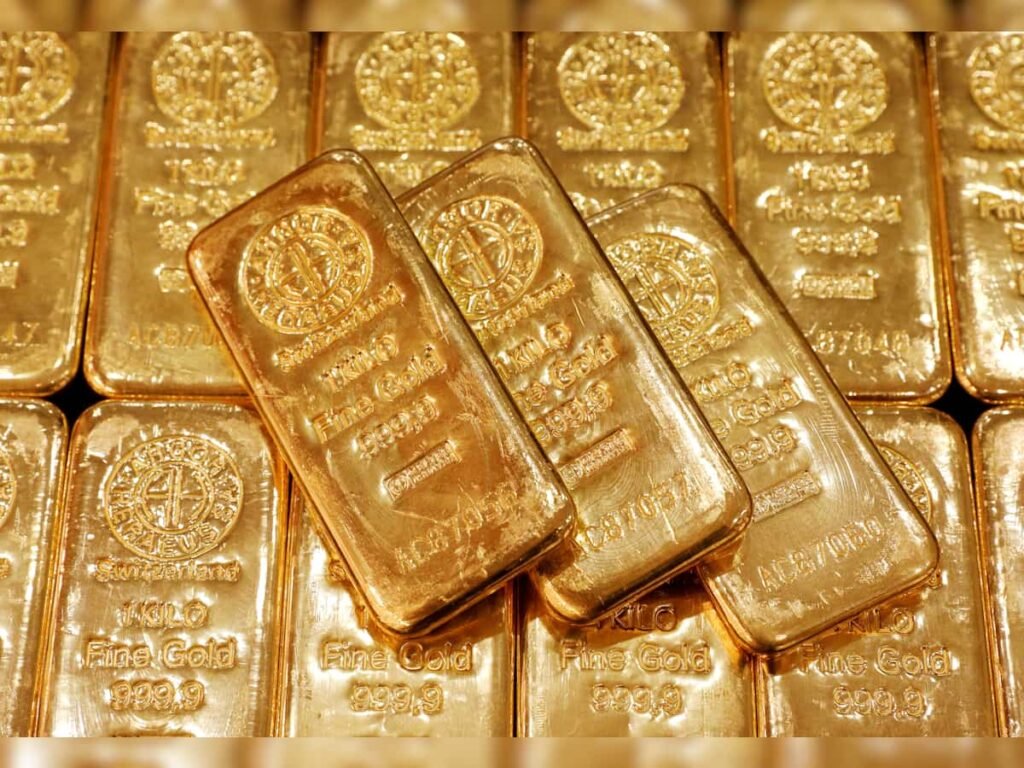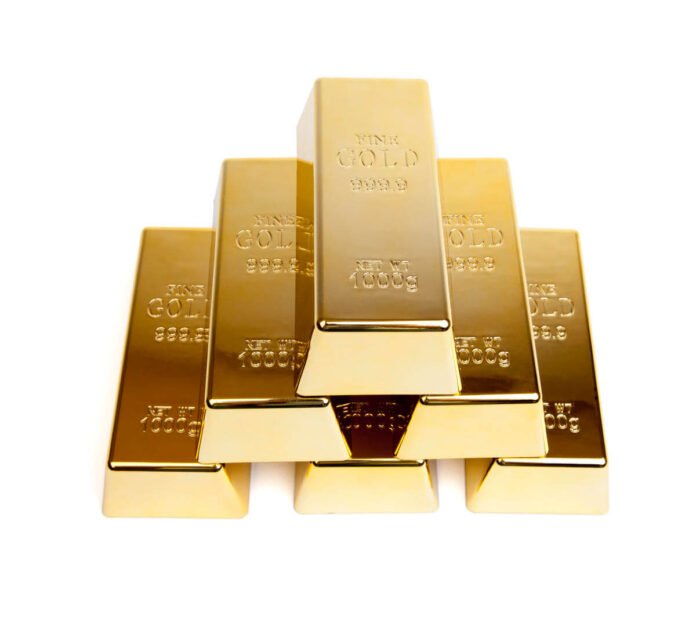Gold prices have recently surged to unprecedented heights, driven by a decline in bond yields since the peak in October.
On Monday, spot gold reached an all-time high, hitting $2,135.39 per ounce before retracing to around $2,027 by midday. Gold futures (GC=F) also experienced an intraday high of $2,152.30 on Sunday, only to decline by 2% on Monday.
Mike McGlone, Bloomberg Intelligence senior macro strategist, expressed optimism about gold’s trajectory, stating, “I think gold is in the early days of a bull market breaking out to new highs.” The surge in gold prices is attributed to its status as a safe-haven asset, particularly during times of uncertainty. This ascent aligns with decreasing 10-year Treasury yields, as the market anticipates potential Federal Reserve interest rate cuts next year. Typically, lower long-term yields prompt investors to shift from bonds to the precious metal.

Michele Schneider, partner and director of trading education and research at MarketGauge.com, foresaw the potential for gold to reach $3,000, emphasizing its resilience “in the face of a stable dollar and higher rates.”
However, not all analysts share this bullish outlook. Rob Haworth, senior investment strategy director at US Bank Asset Management Group, cautioned that the sustainability of the trend hinges on factors like lower interest rates and a weaker US dollar. He pointed out that a still-growing US economy and indications that the Fed is not considering imminent interest rate cuts could temper enthusiasm for gold in the near term.
Octavio Marenzi, CEO of Opimus, advised investors against chasing the recent surge in gold and other asset classes. He emphasized the risk of making the “biggest mistake” by entering the market late after a significant rally.
A notable trend in gold investments is the significant role played by central banks. In the last couple of years, central banks have emerged as major gold buyers, with a record-breaking first half of 2023. Global official gold reserves have increased by 120% quarter over quarter, marking the second-highest third-quarter total since the World Gold Council began reporting this metric. China leads as the largest buyer, followed by Poland and Singapore.




